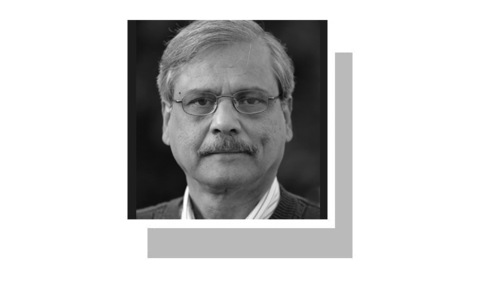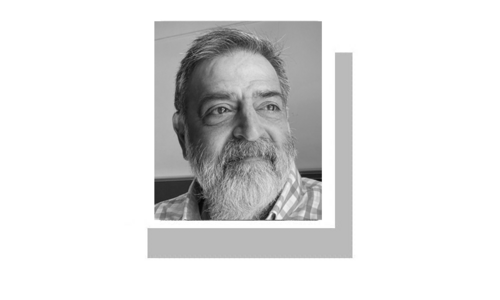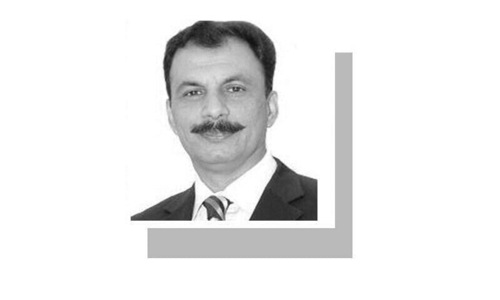The shrine in Srinagar city is the focus of speculation that Christ survived the crucifixion and died later in Kashmir, a belief fanned by popular books such as “Jesus Lived In India” by German author Holger Kersten.
This Easter, for the first year, travellers to Srinagar will be kept out the shrine - which is conventionally said to hold the remains of medieval Muslim saint Yuz Asaf - after the gates were locked to outsiders several months ago.
Mohammed Amin Ringshawl, the senior manager in charge of the small green-roofed building, said the attention that it receives was unwelcome and that local people resented the presence of inquisitive foreigners.
“It is the work of people associated with the tourist trade. They are misleading visitors and making them believe that Jesus was buried here,” he told AFP.
“Locals ask why Westerners visit this shrine and not other shrines in Kashmir. To avoid any trouble we decided to shut the shrine for Westerners who were offending sentiments.”
The idea that the Rozabal shrine, as it is known, contains the body of Christ has existed for at least 100 years.
But the controversy has now been included in the latest India edition of the best-selling international guidebook the Lonely Planet, alerting many of the visitors who travel to the scenic Himalayan region of Kashmir.
At the wooden-domed shrine, local Muslims stop and pray as they pass, or enter to pray next to the tomb. On the 13th of every Muslim month, special prayers are held inside.
The shrine, located on a busy street corner in Srinagars old town, contains a wooden chamber placed over a tombstone covered with green cloth embroidered with verses from the Koran.
Holger Kerstens book, published in 1981, claims there are hidden details at the shrine - such as carved footprints marked with crucifixion wounds - along with other “literary and historical” evidence that make a strong case.
“It is not only possible that the body of Jesus lies buried here; it is very likely indeed,” he wrote, in a suggestion dismissed by Christian scholars.
Kersten, who specialises in contentious Christian history, champions the belief that Christ, when a young man, travelled to India and studied Buddhism, and then returned to the country again after surviving the crucifixion.
The speculation that Christ visited India has been fuelled by a lack of information about his life between the ages of 12 and 30.
Ringshawl, like all residents in restive Muslim-majority Srinagar, was outraged by suggestions some years ago that the issue could be solved by exhuming the remains for DNA testing, to check for Jewish ancestry and carbon dating.
“We will never allow that to happen. That will amount to desecrating the shrine,” he said.
A leading supporter of exhuming the remains, New York-based Suzanne Marie Olsson, was forced to leave Kashmir several years ago after shrine managers filed a police complaint accusing her of “causing hurt to Muslim beliefs.”
She has repeatedly written to the state government for help, but such requests seem destined to fail.
“She wanted the locality to be put under curfew so that she could carry out her blasphemous act,” said Ringshawl, who vowed to put up “tough resistance” to any exhumation plans.
One angry youth confronted an AFP photographer at the shrine this week, shouting “This shrine is ours and we will spill blood if anyone even tries to prove it otherwise.”












































Dear visitor, the comments section is undergoing an overhaul and will return soon.